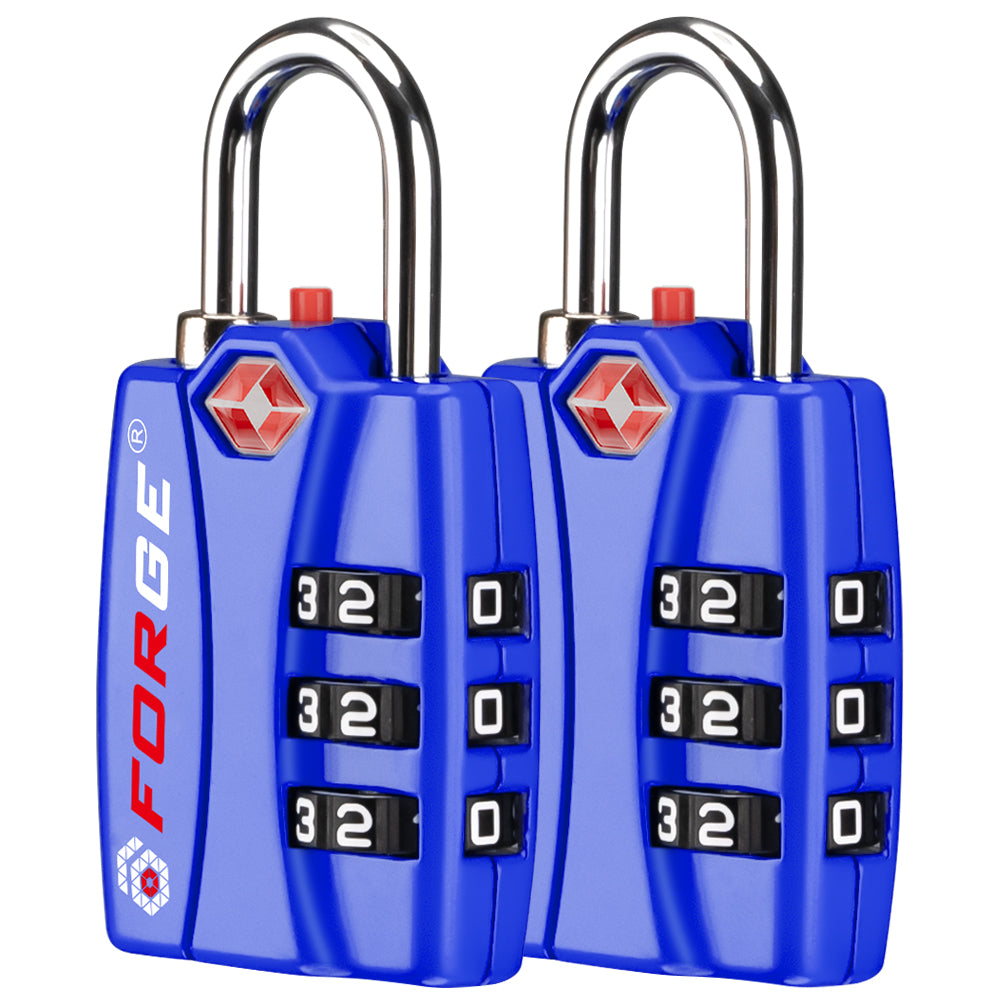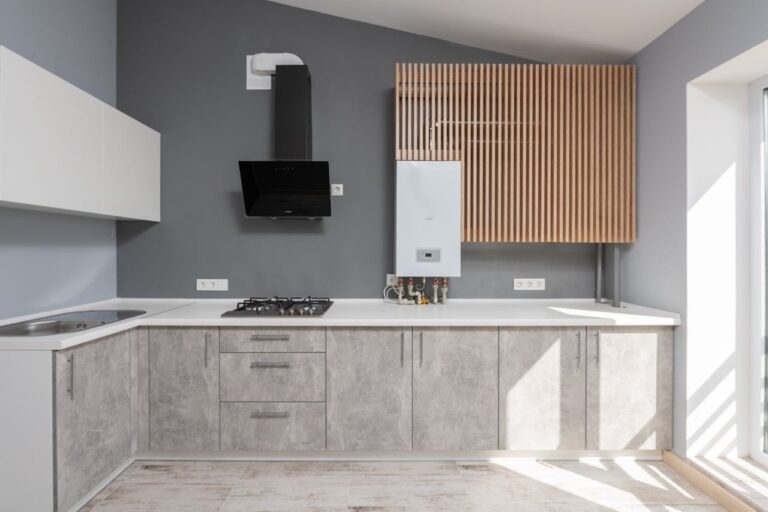
Vehicle security has evolved dramatically over the past decade, and keyless locker locks represent one of the most significant advancements in protecting your car’s contents. These innovative locking systems eliminate the vulnerability of traditional keys while providing convenient access to your vehicle’s storage compartments. Whether you’re concerned about theft, tired of fumbling with keys, or simply want to modernize your vehicle’s security features, keyless locker locks offer a compelling solution that combines cutting-edge technology with practical functionality.
As more drivers discover the convenience and enhanced protection these systems provide, keyless locker locks are rapidly becoming a standard feature rather than a luxury add-on. This comprehensive guide will walk you through everything you need to know about keyless locker locks, from understanding how they work to selecting and maintaining the right system for your specific needs. By upgrading to keyless technology, you’re not just investing in better security—you’re embracing a smarter, more efficient way to protect your valuable belongings.
Understanding Keyless Locker Locks
Keyless locker locks represent a technological leap forward in vehicle security, replacing traditional mechanical keys with electronic authentication methods. These systems utilize various access technologies including numeric keypads, biometric scanners, smartphone connectivity, or radio frequency identification (RFID) cards to grant entry to your vehicle’s storage compartments. Unlike conventional locks that can be picked or compromised through lost keys, keyless systems provide multiple layers of security through encrypted signals and customizable access codes.
Modern keyless locker locks come equipped with features designed specifically for automotive environments. They’re built to withstand temperature fluctuations, vibrations, and weather exposure while maintaining reliable performance. Many systems offer battery backup options to ensure access even when your vehicle’s power is disconnected. The technology has matured significantly, with manufacturers now offering weather-resistant housings, tamper alerts, and audit trail capabilities that record every access attempt. Some advanced models integrate directly with your vehicle’s existing security system, creating a comprehensive protection network that monitors all entry points simultaneously.
How Keyless Locker Locks Work
The fundamental operation of keyless locker locks relies on electronic authentication rather than mechanical tumblers. When you input your credentials—whether through a code, fingerprint, or smartphone—the system’s microprocessor verifies the information against stored authorization data. If the credentials match, the processor sends an electrical signal to an actuator mechanism, typically a solenoid or small motor, which physically retracts the locking bolt. This entire process occurs in milliseconds, providing immediate access while maintaining robust security protocols.

Different keyless systems employ varying authentication technologies, each with distinct operational characteristics. Keypad-based locks store encrypted numerical codes in non-volatile memory, allowing multiple user codes with different access levels. Biometric systems capture and convert your fingerprint into a unique digital template, comparing each scan against stored templates using sophisticated pattern-matching algorithms. Bluetooth-enabled locks communicate with your smartphone through encrypted wireless protocols, detecting your device’s proximity and unlocking automatically when authorized. RFID systems work through electromagnetic fields that activate when you present a programmed card or fob within range of the reader.
Power management is crucial to keyless lock functionality. Most systems operate on battery power, typically using standard AA or CR123 batteries that last six months to two years depending on usage frequency. The lock enters a low-power sleep mode when idle, activating fully only when it detects interaction through touch sensors or proximity detection. Smart power monitoring alerts you when battery levels drop below critical thresholds, preventing unexpected lockouts. Some premium systems offer hardwired connections to your vehicle’s electrical system, providing continuous power while maintaining battery backup for situations when the main power source is unavailable.
The Benefits of Keyless Locker Locks
The most immediate advantage of keyless locker locks is the elimination of physical key management. You’ll never again worry about losing keys, having them stolen, or dealing with the expense and inconvenience of rekeying your vehicle’s storage compartments. This becomes particularly valuable for families or businesses where multiple people need access—instead of duplicating keys or passing around a single set, you can simply program individual access codes for each authorized user. You maintain complete control over who can access your vehicle’s lockers and can instantly revoke permissions by deleting codes, something impossible with traditional keys.

Enhanced security stands as perhaps the most compelling reason to upgrade to keyless systems. Traditional locks are vulnerable to picking, bumping, and key duplication without your knowledge. Keyless locks employ encrypted authentication that’s exponentially more difficult to compromise. Many systems include anti-tampering features that trigger alerts or automatically lock down after multiple failed access attempts, deterring would-be thieves. The absence of a keyhole eliminates the most common entry point for lock manipulation. Advanced models provide access logs that timestamp every unlock event, creating an audit trail that helps you monitor exactly when and how your storage compartments were accessed—invaluable information if theft or unauthorized access occurs.
Convenience extends beyond simple keyless entry. Modern systems integrate seamlessly with your daily routine, offering features like automatic unlocking when your smartphone approaches, temporary guest codes that expire after a set period, and remote access capabilities that let you grant entry to someone even when you’re miles away. Weather conditions that would make fumbling with keys frustrating—rain, snow, or extreme cold—become non-issues when you can unlock compartments with a simple code entry or fingerprint scan. For commercial vehicle operators, keyless systems streamline operations by allowing quick crew changes without key handoffs and enabling fleet managers to track access patterns across multiple vehicles from a centralized platform, improving both security oversight and operational efficiency.
Choosing the Right Keyless Locker Locks
Selecting the appropriate keyless locker lock for your vehicle requires careful consideration of your specific security needs and usage patterns. Start by assessing who will need access to your vehicle’s storage compartments and how frequently they’ll use them. If you’re the sole user, a simple biometric or keypad system may suffice. However, families, businesses with multiple drivers, or fleet operations benefit from systems that support numerous user profiles with varying access privileges. Consider whether you need temporary access capabilities for occasional users like valets, mechanics, or delivery personnel—features that allow time-limited codes or guest access become essential in these scenarios.
Environmental conditions where your vehicle operates significantly impact which keyless lock will perform reliably. Vehicles exposed to extreme temperatures, high humidity, or coastal salt air require locks with robust weatherproofing and corrosion-resistant materials. Look for systems with IP65 or higher ingress protection ratings, indicating superior defense against dust and water intrusion. Battery life becomes critical if your vehicle sits unused for extended periods—some systems drain batteries faster than others, so choose models with efficient power management and low-battery warnings. For vehicles parked in areas without climate control, ensure the lock’s operating temperature range matches your environment, as some electronic components fail in extreme heat or cold.
Compatibility with your vehicle’s existing infrastructure determines installation complexity and long-term functionality. Measure the dimensions of your current lock housing to ensure the keyless replacement will fit without requiring modifications to your vehicle’s body panels or storage compartments. Some vehicles have proprietary mounting systems that limit your options to specific manufacturers or universal retrofit kits. If you want integration with your vehicle’s central security system, verify that the keyless lock supports the necessary communication protocols—this might require professional installation and programming. Consider future-proofing by selecting systems with firmware update capabilities, ensuring your lock remains secure against emerging threats and compatible with evolving smartphone operating systems.
Budget considerations extend beyond the initial purchase price to include installation costs, ongoing maintenance, and potential replacement expenses. Professional installation for complex systems can cost several hundred dollars, though simpler retrofit models designed for DIY installation save money upfront. Factor in battery replacement costs over the lock’s lifespan and whether the system requires proprietary batteries or uses readily available standard types. Warranty coverage varies significantly between manufacturers—premium systems often include three to five-year warranties with responsive customer support, while budget options may offer limited protection. Companies like Forge Quality, known for their expertise in security lock solutions, often provide comprehensive warranty programs that reflect confidence in their products’ durability. Evaluate the total cost of ownership rather than just the sticker price, as a slightly more expensive system with superior durability and support often proves more economical over time than repeatedly replacing cheaper alternatives that fail prematurely.
Installation and Maintenance
Installing a keyless locker lock begins with removing your existing lock mechanism. Disconnect your vehicle’s battery to prevent electrical shorts, then carefully extract the old lock by unscrewing mounting bolts or releasing retaining clips from inside the storage compartment. Clean the mounting surface thoroughly, removing any rust, debris, or old gasket material that could compromise the seal. Test-fit the new keyless lock before final installation to identify any alignment issues or necessary modifications. Most retrofit systems include adapter plates that bridge gaps between the original lock cutout and the new unit’s footprint.
Position the keyless lock assembly into the mounting hole, ensuring weatherstripping or gaskets seat properly against the vehicle’s surface to prevent water intrusion. Thread mounting bolts through from the interior side, tightening them gradually in a cross-pattern to distribute pressure evenly and avoid warping the lock housing. Connect any wiring harnesses according to the manufacturer’s diagram—typically this involves routing power cables to either the vehicle’s electrical system or installing battery packs in designated compartments. Program your initial access codes or biometric data following the setup procedure outlined in your system’s manual, which usually involves entering a master programming mode and registering authorized users. Test the lock multiple times before reassembling interior panels, verifying smooth operation and proper latching.
Regular maintenance ensures long-term reliability of your keyless system. Replace batteries proactively when low-power warnings appear rather than waiting for complete failure—keep spare batteries in your vehicle for emergency situations. Clean the keypad, fingerprint scanner, or card reader quarterly using a soft, lint-free cloth slightly dampened with isopropyl alcohol to remove oils, dirt, and residue that interfere with sensor accuracy. Inspect weatherstripping annually for cracks or compression damage, replacing worn seals to maintain water resistance. Lubricate mechanical components like the locking bolt with dry graphite lubricant rather than oil-based products that attract dust. Update firmware when manufacturers release patches, as these often address security vulnerabilities and improve performance—most modern systems allow wireless updates through companion smartphone apps, making this process straightforward and quick.
Common Issues and Solutions
Battery depletion represents the most frequent issue with keyless locker locks, often occurring without adequate warning if you’ve ignored low-power alerts. When your lock becomes unresponsive, first attempt the emergency mechanical override if your system includes one—most quality locks feature a hidden keyhole accessible by removing a small cover plate. If no override exists, external jump-starting ports on some models allow you to apply power from a portable battery pack directly to the lock’s terminals, providing enough juice for a single unlock cycle. To prevent future occurrences, establish a battery replacement schedule based on your usage frequency rather than waiting for warnings, and always keep fresh spare batteries in your vehicle’s main cabin where you can access them without unlocking the affected compartment.
Authentication failures frustrate users when fingerprint scanners refuse to recognize registered prints or keypads reject correct codes. Fingerprint issues typically stem from dirty sensors or changes in your finger condition—clean the scanner thoroughly and re-scan your finger if it’s unusually dry, wet, or has minor cuts. For persistent problems, delete and re-register your fingerprint, ensuring you capture multiple angles during enrollment. Keypad failures often result from incorrect code entry under stress or accidental activation of lockout modes after multiple wrong attempts. Consult your manual for the master reset procedure, which usually involves removing the battery for thirty seconds then reinstalling it while holding specific buttons. If problems continue after cleaning and resetting, firmware corruption may be the culprit—connect to the manufacturer’s app and reinstall the latest firmware version, which resolves most software-related glitches.
Weather-related malfunctions occur when moisture penetrates seals or extreme temperatures affect electronic components. If your lock freezes in cold weather, never force it—instead, warm the mechanism gradually using your vehicle’s heating system or a hair dryer on low setting, avoiding direct high heat that could damage electronics. For moisture intrusion indicated by erratic behavior or corrosion around the housing, immediately remove the lock, dry all components thoroughly with compressed air, and apply electronic contact cleaner to circuit boards. Replace compromised weatherstripping and apply additional silicone sealant around the mounting perimeter. Mechanical binding where the locking bolt sticks or moves sluggishly requires inspection of the actuator mechanism—remove any debris, apply dry lubricant to moving parts, and verify nothing obstructs the bolt’s travel path. If mechanical components show wear or damage, contact the manufacturer for replacement parts rather than attempting makeshift repairs that compromise security.
Also Read: From Parts to Pavement: Mastering Your First DIY Build Moto Kit
Modernizing Your Vehicle Security
Keyless locker locks represent a transformative upgrade for vehicle security, delivering protection that far surpasses traditional mechanical systems while adding unprecedented convenience to your daily routine. By eliminating physical keys and embracing encrypted electronic authentication, you’re closing security vulnerabilities that thieves have exploited for decades. The investment in keyless technology pays dividends through enhanced peace of mind, streamlined access management, and features that adapt to your evolving needs—whether you’re managing family access, operating a commercial fleet, or simply seeking smarter protection for your valuable belongings.
The decision to upgrade isn’t merely about adopting new technology; it’s about taking control of your vehicle’s security in a comprehensive way that traditional locks simply cannot match. With proper selection based on your specific requirements, professional or careful DIY installation, and consistent maintenance practices, your keyless locker lock will provide years of reliable service. As vehicle security threats continue to evolve, keyless systems offer the flexibility to update and adapt through firmware improvements and feature enhancements. Take the step toward modernizing your vehicle’s protection today—your belongings deserve security that matches the sophistication of contemporary threats, and keyless locker locks deliver exactly that combination of advanced protection and everyday practicality.









